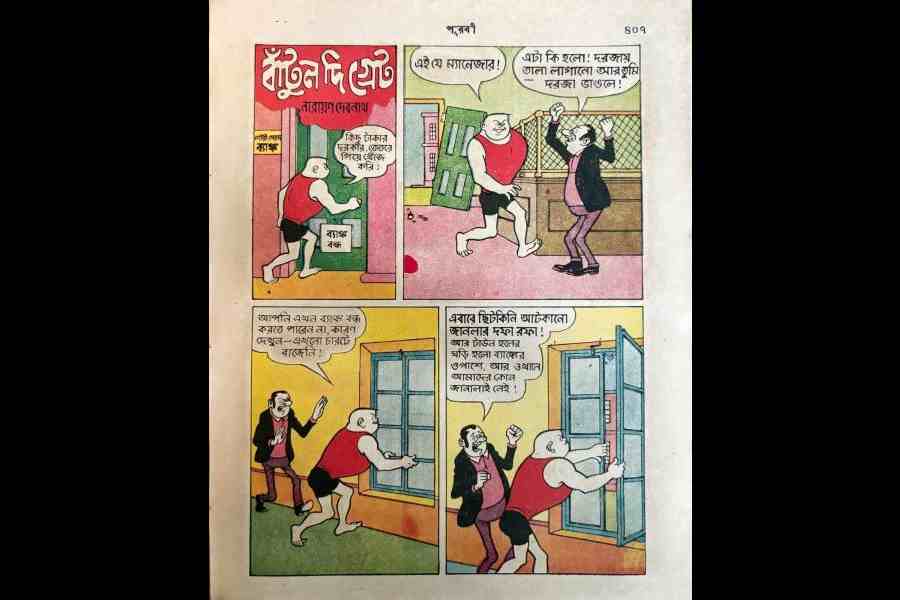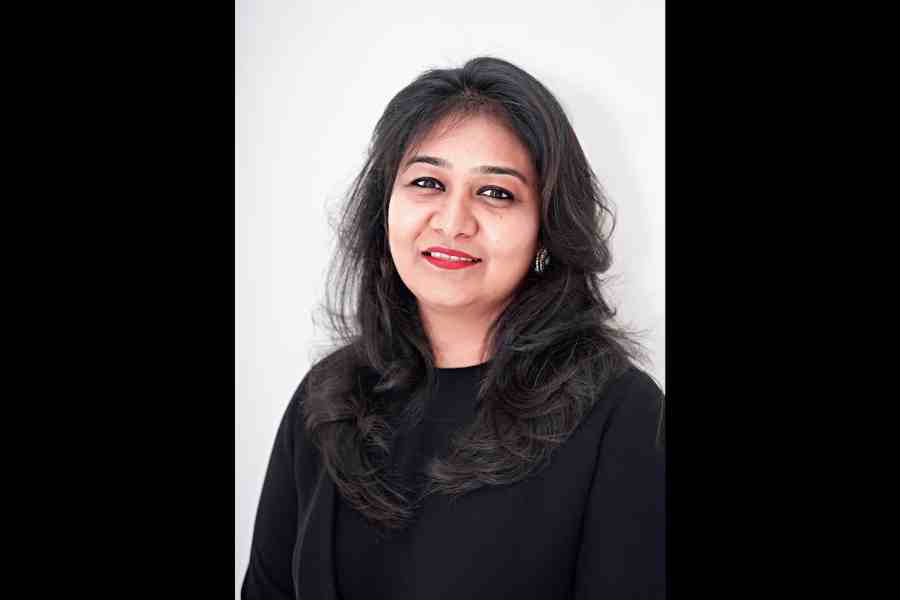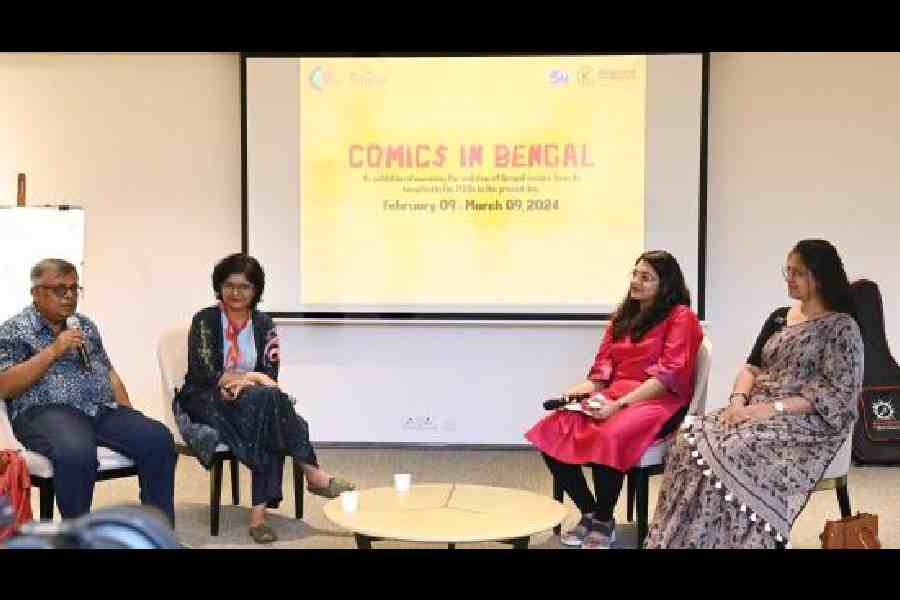The Kolkata Centre for Creativity recently wrapped up a one-of-a-kind exhibition hosted in collaboration with Comics Culture Collective, a showcase named ‘Comics in Bengal’ that traced the evolution of Bengali comics from their humble beginnings in the 1920s to the larger industry that exists today. This month-long exhibition, which was held from February 9 to March 9, invited visitors to explore the rich history behind the comic culture in the state and provided a window into the enduring impact that this unique artistic and literary form has left behind.
The exhibition spanned a wide array of displays, including prints of rare newspaper strips, magazines and comic books, as well as original artwork by several comic writers. Visitors found themselves in an all-immersive experience as they navigated the history of iconic characters and stories. With meticulous classification into 11 broad categories, including genres of humour, historical narratives, socially conscious themes, horror, detective comics, and tales of adventure, there was something for every comic enthusiast.
The exhibition was essentially a tribute to the pioneers that helped propound the comic culture in Bengal, namely comic book illustrators like Narayan Debnath, Kafi Khan (also known as Prafulla Chandra Lahiri/P.C.L./Piciel), Mayukh Chowdhury, Saila Chakraborty, Sufi, Pratul Bandhopadhyay, and Tushar Chatterjee, who put forward their stories through regular publications in Bengali periodicals including Mouchak, Nabakallol, Suktara, Sandesh, and Kishore Bharati. Forming a new subculture in Bengal, this elite community spawned an unprecedented public demand for comic strips in the latter half of the 20th century, ushering in a golden era of creativity and contributing significantly to the comic tradition becoming an integral part of the cultural tapestry of the region.

Batul the Great has remained a classic favourite through the years
The exhibition was also accompanied by several panel discussions that delved into the socio-cultural impact, artistic evolution, and continuing relevance of comics, including beyond the borders of Bengal. The panel session ‘Women in Comics’, moderated by co-founder of Longform Comics Collective, Debkumar Mitra and featuring professors Ananya Saha, Debanjana Nayek, and Madhuja Mukherjee as speakers was a tribute to women creators and contributors to the comic genre. The journey of Bengali comics started about a hundred years ago in the pages of Sandesh with Shukhalata Rao’s Jemon Kormo Temni Phol being published in the Poush 1328 issue. Often regarded as the first complete Bengali comic series, this was the first Bengali picture-story to contain speech balloons. The panellists at this session pointed out that while it is interesting to note that the genre was kick-started by a woman in Bengal, women’s contributions seemed to have decreased considerably in the years that followed. Mukherjee, who is a professor of Film Studies at Jadavpur University, is arguably the first Bengali woman since Rao who has received any kind of recognition in the field.
Nayek, assistant professor of English at Presidency University, delved into a deep discussion of Bengali women writers writing the beginnings of Bengali sci-fi comics in the 1970s. Looking into Maitreyee Mukherjee’s 1961 Nabakollol comic Probahoner Swapnobhongo, which is arguably a scientific perspective of the Pygmalion myth and a forerunner of what would eventually be known across the world as the ‘test-tube baby’, Nayek discussed how Mukherjee’s contribution to the comic genre in Bengal is indispensable while also simultaneously ruing the fact that the author’s work has now slipped into relative obscurity.
Saha, on the other hand, who is assistant professor of English at St. Xavier’s University, took the audience on a cultural and visual trip to Japan by elaborating on what is commonly known as Shojo Manga. Delving into the many faces of Japanese comics and the kind of readership they cater to, the panel as a whole threw multiple dimensions of light on the tradition of women writers and readers of comics, both in the past and in the present-day scenario.

Speaking on the success of the exhibition, Richa Agarwal, chairperson, Kolkata Centre for Creativity, said, “This exhibition aimed to uncover the vibrant legacy of storytelling, adventure, and creativity that has shaped the comic culture in Bengal. It not only brought to life the rich history, creativity, and artistry that have woven comics into the cultural narrative of Bengal, but also paid homage to the brilliant minds behind the iconic characters and captivating stories”
The exhibition concluded not only as a retrospective exploration of the genre but also as a testament to the living spirit of Bengali comics, a cultural phenomenon that will continue to evolve and resonate with enthusiasts for years to come.






